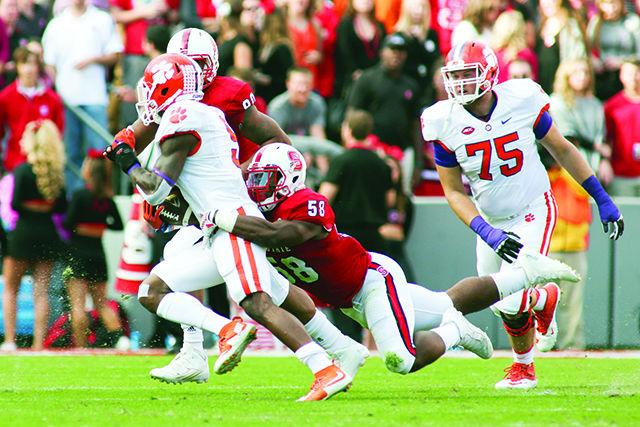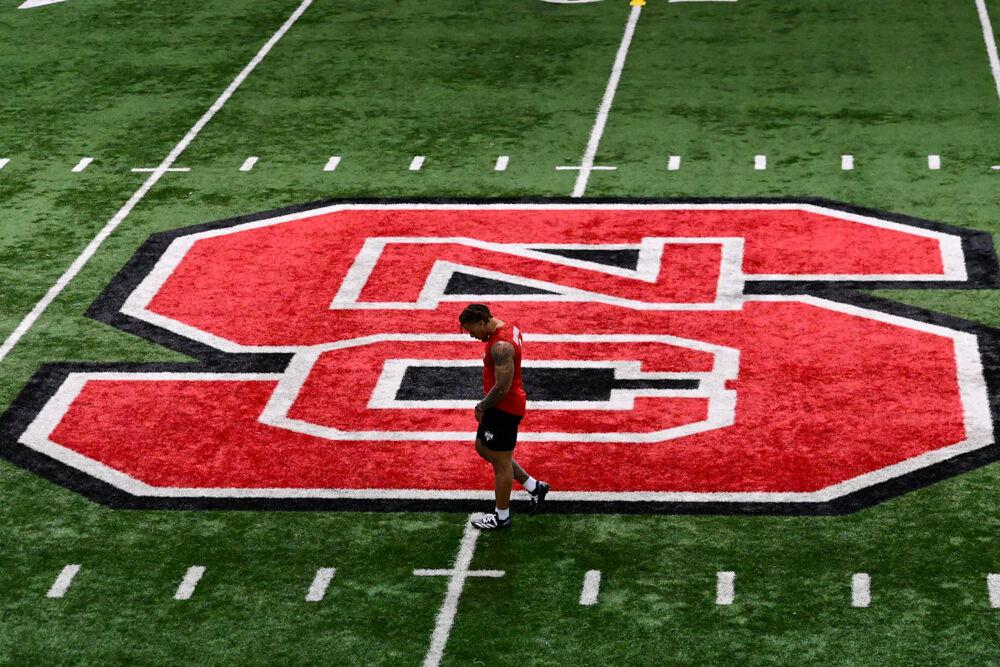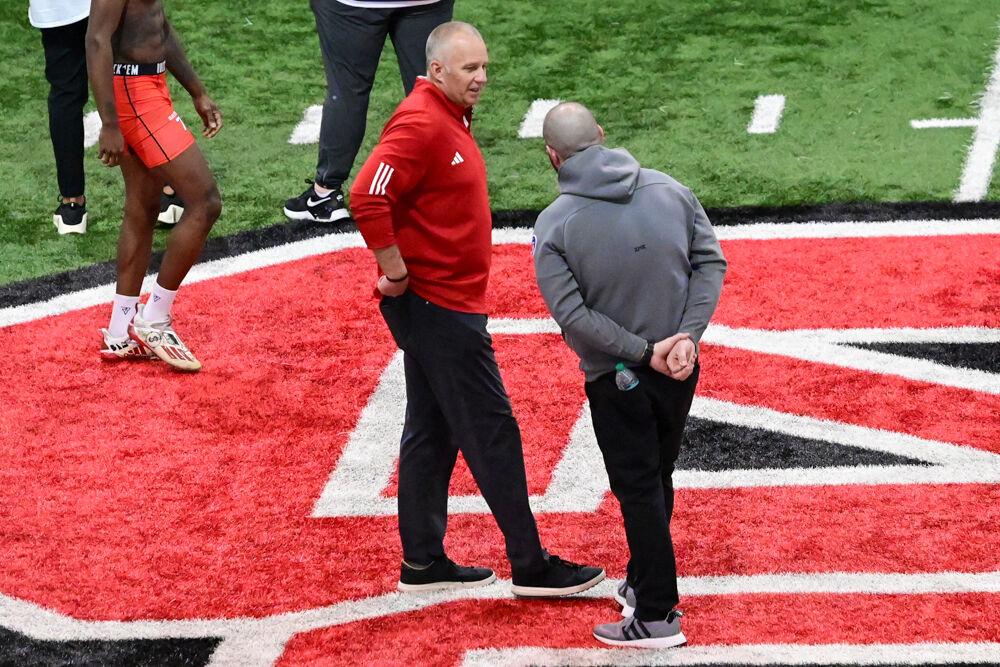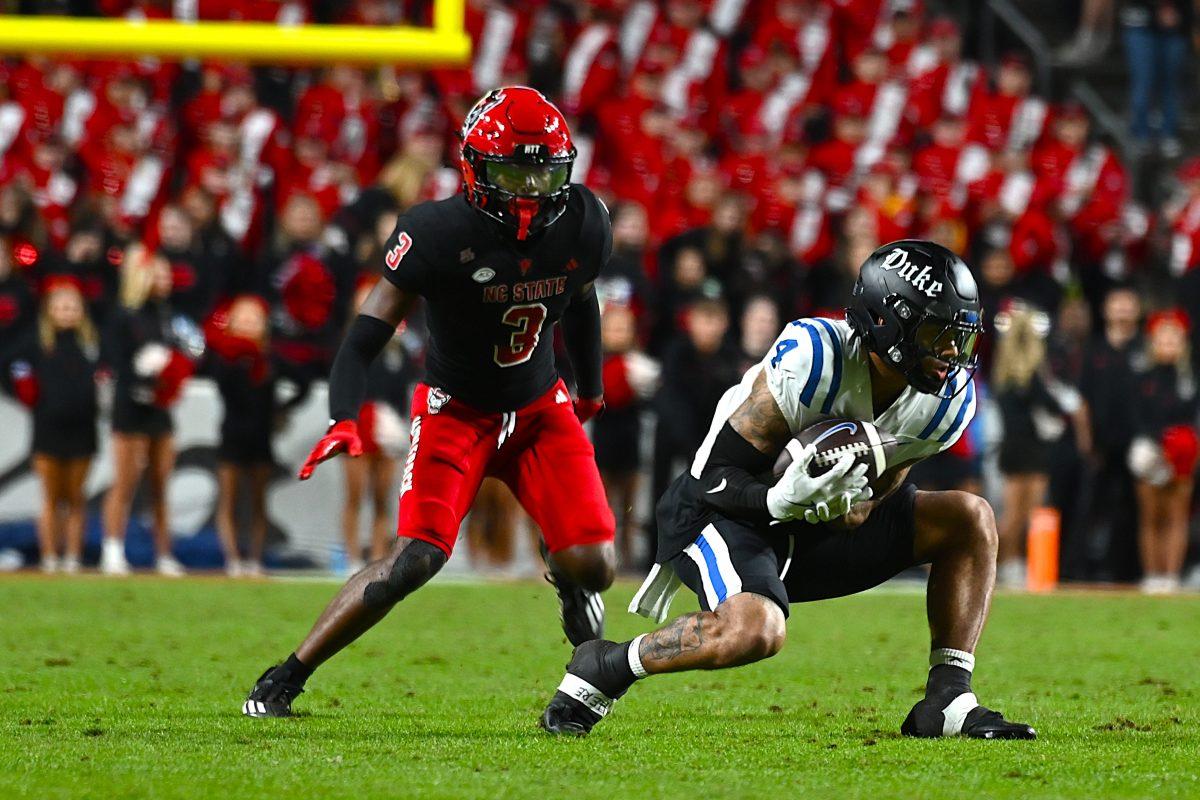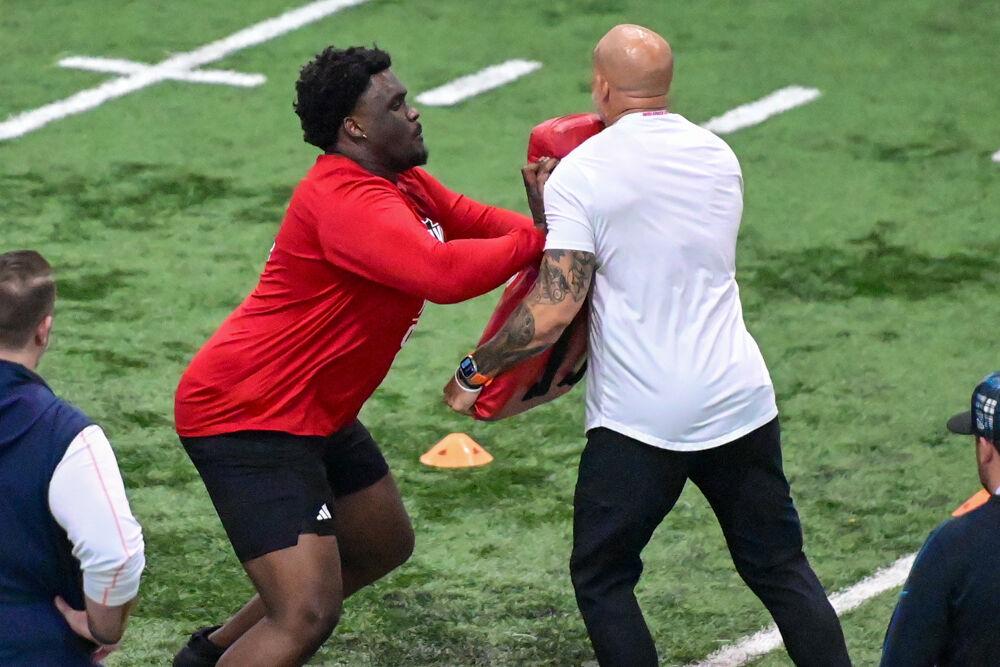Regardless of how the new college football playoff system is criticized or praised, there is no doubt that it is a major improvement from the old system, the Bowl Championship Series era.
The shift to a four-team playoff has stifled the controversy generated by the BCS system by allowing two more teams to have a chance to fight for the title. However, growing pains are always a part of any new system, and although the playoff has made a significant positive impact regarding what is fair and what isn’t, it has still managed to generate criticism.
One of the biggest changes that has been made in the new playoff system is the role of human beings. While the BCS system was in place, the rankings were digitally determined by computers. In the playoff system, a selection committee of 13 members who decide the rankings at the end of the year replaced the computers. For players, this can be menacing because the fate of their team literally lies in the hands of 13 people.
However, compared to the old system, this is a drastic improvement. People take into consideration some factors that computers can’t quite grasp, and the stakes on the rankings suddenly become a lot higher. This also means that the debates on college football rankings can go on forever, especially at the end of the season, which makes watching it a little more interesting.
Speaking of watching, for the first time ever, the college football playoff games were held on New Year’s Eve this year. Despite the optimism of the College Football Playoff committee and all the advertising and promotion the playoff received, ratings were down one-third from last year. So now it’s official: holding the games on New Year’s Eve was a horrendous decision.
It’s a good thing Bill Hancock, college football playoff executive director, is firmly rooted to his belief that TV ratings don’t matter, because, during the next 10 years, seven more pairs of semi-final games will be held on the last day of the year. From a marketing standpoint, this is a disaster, considering the $20 million that ESPN reportedly now owes advertisers in make goods. Next year, I’m hoping they don’t make the same mistake.
To add one final point regarding this topic, it is interesting to note that digital numbers from both playoff games were impressive. The Oklahoma-Clemson game drew 1,188,000 viewers, the second most in history behind the World Cup.
In addition, ESPN just made a revolutionary change to its app, which now gives a chance to stream live games on phones. This should definitely be taken into account, but it doesn’t retract from the fact that New Year’s Eve is possibly the worst day of the year to hold the playoff.
One improvement that has been made from last year is the practice time restriction of schools that started classes as opposed to those that were still on break. Last year, Ohio State faced Oregon in the national championship game and coasted to a title victory. One thing that many people don’t know about that game is that Oregon’s classes had resumed the week before the championship game, whereas Ohio State was still on winter break.
In college, there is a rule that prevents teams from practicing longer than 20 hours a week when school is in session. Oregon was under this restriction, but Ohio State was not. Now does this have anything to do with the outcome of the game? Maybe, maybe not, but all the same, Ohio State did have more practice time than Oregon. This year, history was on the verge of repeating itself as Clemson had resumed classes and Alabama had not. However, the NCAA stepped in and finally showed some common sense by lifting the restriction. Sorry, Oregon.
With the practice rule fixed for good, I now turn to one final issue regarding the playoff. This year, I believe the committee did its job perfectly, as the top four teams all deserved their spots. However, just like any sport, a season can change in an instant. Think of the Kansas City Chiefs, who started the season 1-5. They have now won 11 games in a row. The NFL and the FBS are obviously very different, but a comparison can be drawn here.
If you look at Stanford and Ohio State, two teams that finished in the top eight but not the top four, it is clear that they dominated their bowl games. Stanford was a team that struggled early in the season but improved in the final three games of the season. Now if the playoff system were to be extended to eight teams, both schools would have had a shot at the title, along with Notre Dame and Iowa. This would create a longer playoff but would allow more teams to have a chance at winning the whole thing.
Regardless, I take nothing away from the Alabama-Clemson matchup — the two teams have earned their spot in the national championship game.


